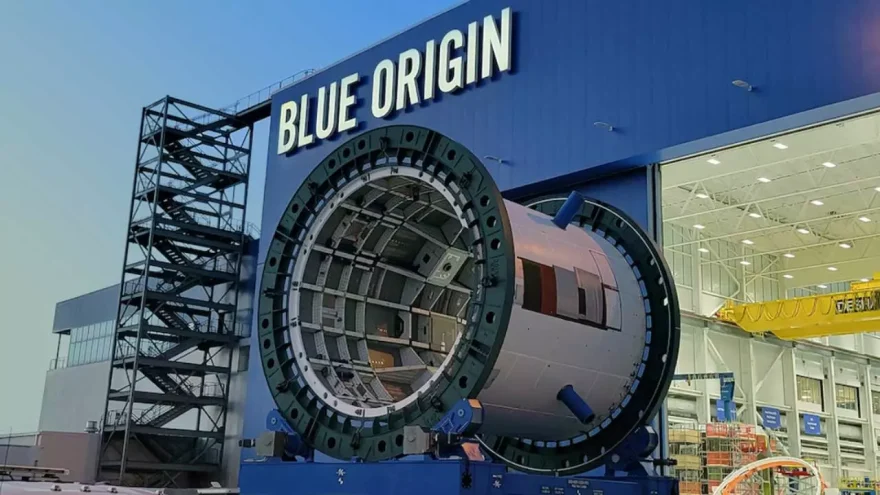Blue Origin, Jeff Bezos’ private space company, has successfully recreated the Moon’s gravity during a spaceflight. This lunar breakthrough will support NASA’s lunar research and future Moon missions. The experiment took place aboard the New Shepard suborbital rocket and could significantly impact deep space exploration.
How Blue Origin Simulated Lunar Gravity
To achieve this, the spacecraft performed a special maneuver known as a parabolic flight. During this motion, the rocket adjusted its trajectory to match the Moon’s gravity, which is one-sixth of Earth’s gravity. As a result, NASA scientists could observe how lunar conditions affect scientific instruments, materials, and biological samples.
Why This Matters for NASA’s Lunar Missions
NASA is preparing for its Artemis program, which will return humans to the Moon. Because of this, testing lunar gravity in space is essential. These simulations help scientists design better equipment, improve astronaut mobility, and refine landing technology. Without such experiments, unexpected challenges could arise during Moon missions.
Jeff Bezos’ Vision for Space Exploration
Jeff Bezos has long supported space exploration. He believes that making space more accessible is critical for the future. Blue Origin’s partnership with NASA demonstrates how private space companies can contribute to long-term lunar missions. With this successful test, the company moves closer to supporting Moon bases, deep space travel, and human exploration beyond Earth.
What’s Next for NASA and Blue Origin?
Because of this success, NASA and Blue Origin plan additional lunar gravity simulations. These tests will refine technology for the Artemis missions and prepare astronauts for living on the Moon. Soon, more experiments will help shape the future of human space exploration.




